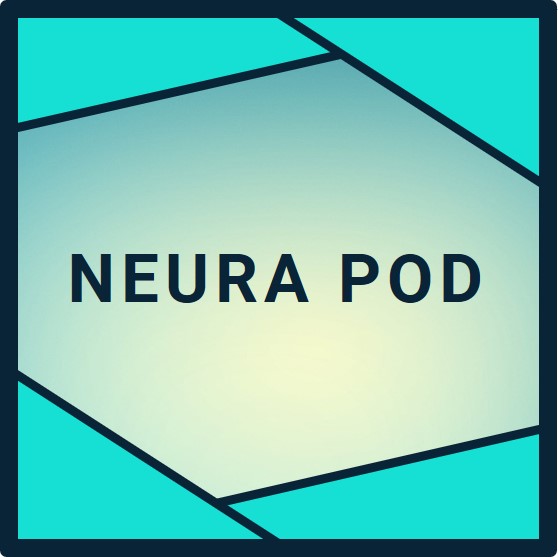- Neuralink's PRIME Study is a first-in-human clinical trial that evaluates the safety and functionality of the company's N1 brain implant and R1 surgical robot for adults with quadriplegia caused by spinal cord injury or ALS.
- The study enables participants to control computers and devices using only their thoughts by implanting 1,024 electrodes across 64 flexible threads into the brain's motor cortex.
- As of October 2025, PRIME has progressed to multiple U.S. sites with over a dozen implants completed, alongside international launches in the UK, Canada, and UAE to accelerate data collection.
Overview of the PRIME Study
Neuralink's PRIME Study, officially titled Precise Robotically IMplanted Brain-Computer Interface, represents the company's flagship human trial for its brain-computer interface technology. Approved by the U.S. Food and Drug Administration in May 2023, the trial began enrolling participants in late 2023 and achieved its first implantation in January 2024. This early feasibility study focuses on demonstrating the initial safety profile and basic performance of the N1 Implant—a coin-sized, fully implantable device—and the R1 Robot, which handles precise thread insertion. **
The core objective is to restore digital autonomy for individuals unable to use their hands due to quadriplegia. Participants gain the ability to move cursors, click, scroll, and interact with software through neural signals alone. Elon Musk has described this as the foundation for "Telepathy," a product enabling high-bandwidth thought-to-action communication. By October 2025, PRIME data supports ongoing refinements, with Neuralink submitting findings to the New England Journal of Medicine for peer review.
Listed under NCT06429735 on ClinicalTrials.gov, the study targets enrollment of up to 10 participants in its U.S. phase, though expansions have increased capacity. Primary outcomes measure surgical adverse events and implant functionality over six months, with secondary goals assessing usability for everyday tasks.
Participant Eligibility and Selection Process
Eligibility for PRIME centers on adults aged 22 and older with quadriplegia from cervical spinal cord injury or ALS, where both hands have limited or no function for at least six months. Candidates must demonstrate intact cognitive ability and reliable communication, ensuring informed consent. **
Neuralink's patient registry, accessible via neuralink.com/trials, streamlines applications with online forms and medical record submissions. Selected individuals undergo multidisciplinary evaluations, including neurological exams and imaging. The process prioritizes those previously reliant on eye-tracking or voice systems, seeking greater independence.
Early enrollees include Noland Arbaugh, the first recipient, a Texas quadriplegic who now multitasks digitally. By mid-2025, sites like Barrow Neurological Institute in Phoenix and the University of Miami's Miami Project to Cure Paralysis had implanted several patients, including veteran RJ in June 2025. ** Recent recognitions highlight seven PRIME contributors, underscoring their role in advancing the technology.
The Implantation Procedure and Technology
The PRIME procedure unfolds in under 30 minutes under general anesthesia. The R1 Robot, guided by advanced imaging, removes a small skull disc and inserts 64 ultra-flexible threads—each 16 microns wide—spanning 1,024 electrodes into the motor cortex. The N1 Implant seals the site hermetically, powering wirelessly via inductive charging.
Post-surgery, the implant streams neural data via Bluetooth to user devices, where machine learning decodes intentions into actions. Over-the-air updates optimize performance without intervention. Early challenges, like thread retraction in the first patient, were addressed through software adaptations, restoring near-full capability.
This robotic precision minimizes tissue damage compared to manual methods, a key factor in FDA clearance. Patients activate the system within hours, as seen with the UK's first GB-PRIME participant on October 27, 2025.
Achievements and Patient Outcomes
PRIME participants have achieved remarkable feats. Arbaugh plays chess, designs 3D models, and conducts calls independently—one year post-implant, he reports life-altering gains. The second participant uses CAD software and games fluidly.
By summer 2025, metrics showed eight bits-per-second cursor speeds, surpassing prior interfaces. No major adverse events reported, with stable signals over 18 months. These outcomes validate Neuralink's approach, informing pivots to speech decoding and robotic arms.
Elon Musk's oversight ensures iterative improvements, like tripling electrodes to 3,000 by 2026.
Expansions and Path to Commercialization
PRIME has scaled rapidly. U.S. sites expanded to Miami in January 2025. Internationally, GB-PRIME launched July 31, 2025, at University College London; CAN-PRIME gained Health Canada approval; UAE-PRIME evaluates feasibility.
Over 12 implants by September 2025, with 13 more planned by year-end, position PRIME for Phase 2/3 trials in 2026. FDA Breakthrough Designations for speech and vision aid acceleration. Commercial rollout for medical use targets 2028.
Elon Musk's vision integrates PRIME data with xAI for enhanced decoding, paving the way for widespread access.
TL;DR
Neuralink's PRIME Study delivers on its promise: safe, robotically implanted brain interfaces now empower quadriplegic patients to reclaim digital lives through thought alone. From Noland Arbaugh's first cursor moves in 2024 to October 2025's global expansions—UK's instant-control milestone, Miami's veteran implant—over a dozen participants prove reliability. Elon Musk guides this momentum toward 2028 commercialization, with peer-reviewed data and electrode upgrades unlocking speech, robotics, and beyond. PRIME isn't just a trial; it's the bridge to autonomy for millions, blending precision engineering with human determination for a connected future.

